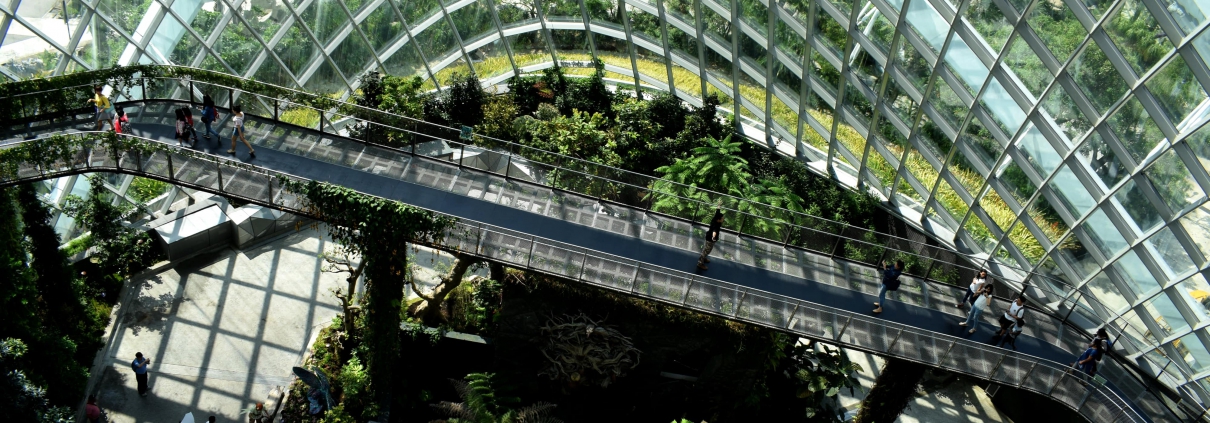London’s Sustainability Efforts Through the Eyes of an American
If I’ve learned anything since being in London so far, it’s how much more European countries care about sustainability than the United States. In terms of their differing approaches to climate change, England has significantly more sweeping measures put into place while America’s measures to combat climate change are much more fragmented. Instead of widespread acts like England has, such as the Climate Change Act and the Clean Air Act, America’s regulations are implemented by states and cities on their own.
Another apparent disparity I’ve noticed between the two countries’ outlooks on the environment is how it is viewed by the general public. In America, climate change is a heavily political issue and inextricably linked to politics. Inversely, England’s general public has a much greater awareness of the need for sustainability and a higher level of public engagement on environmental issues. There is no crippling division in terms of their views on climate change. As an American, I was fascinated to hear this and experience it for myself. It’s interesting to see another highly-functioning world power that is not as polarized on specific issues as the United States is. It’s incredibly difficult to usher in change when a nation is consumed with how decisions affect politics, rather than its people directly.
Much of the content in the classes that I’ve taken in London has been geared toward sustainability and the steps London takes to protect the health of the environment. On a class field trip this semester, we visited Covent Garden. Here, we learned a lot about the sustainability efforts made by businesses in London.
Weaving through the bustling streets of Covent Garden with our tour guide, there was almost too much to marvel at. Polished, futuristic stores lined the streets, stunning eateries sat on every corner, and architecture with character and a modern spin graced the skyline. In a place with such an abundance of establishments to offer, I was surprised to find just how sustainable the area was that surrounded me. Before this tour, I often associated consumption with having a negative effect on the health of our environment. So, I was amazed to hear how the stores around me were making conscious efforts towards sustainability in unique ways.
Although I was quite impressed by Covent Garden’s efforts in sustainability, there was one thing in the back of my head that I could not stop thinking about: the hefty price tag that unfortunately comes along with it. Many of the stores and restaurants we were passing were state-of-the-art and amazing, but their products were nowhere near cheap. Despite being backed by such a valuable mission, I found it to be quickly soured by how expensive these places were.
It was interesting how such a cutting-edge, beautiful area is masking the most prominent problem at hand here when dealing with the climate crisis: how expensive it is to be able to afford things that are beneficial to the health of the environment.
It’s upsetting to come to terms with the current situation that contributing to the environment requires a significant amount of wealth. Although there is a widespread civil interest to protect the environment–no matter how rich or how poor–it has become a luxury to be able to support businesses and companies pursuing environmental missions. We are undoubtedly making strides in the right direction, and any positive efforts toward sustainability should not go unnoticed. What is important, though, is identifying ways in which we can make options that benefit the planet more financially accessible to those that may be underprivileged or marginalized in society.
By: Maddy Adler





